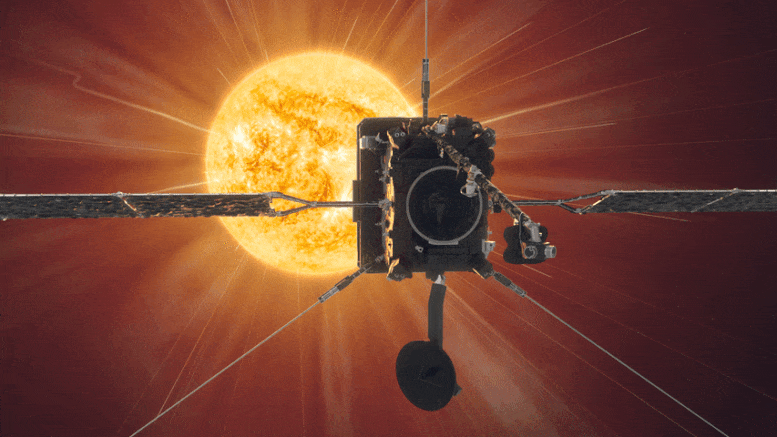
ESA’s Sun-explorer Solar Orbiter is an advanced scientific lab that aims to uncover the mysteries of the Sun’s behavior by capturing close-up images and examining its unexplored polar regions. Researchers are analyzing data from various instruments to address questions about the Sun’s magnetic activity cycle, coronal heating, solar wind generation, and its effects on Earth. Credit: ESA/Medialab
ESA’s Solar Orbiter may have taken another step towards solving the eighty-year-old mystery of why the Sun’s outer atmosphere is so hot.
On March 3, 2022, just a few months into Solar Orbiter’s nominal mission, the spacecraft’s Extreme Ultraviolet Imager (EUI) returned data showing for the first time that a magnetic phenomenon called reconnection was taking place persistently on tiny scales.
At that time, the spacecraft was about halfway between the Earth and the Sun. This enabled coordinated observations with NASA’s Solar Dynamics Observatory (SDO) and Interface Region Imaging Spectrograph (IRIS) missions. The data from the three missions was then combined during the analysis.
Magnetic reconnection occurs when a magnetic field changes itself into a more stable configuration. It is a fundamental energy release mechanism in superheated gasses known as plasmas and is believed to be the major mechanism for powering large-scale solar eruptions. This makes it the direct cause of space weather, and a prime candidate for the mysterious heating of the Sun’s outer atmosphere.
It has been known since the 1940s that the Sun’s outer atmosphere, called the corona, is much hotter than the Sun’s surface. While the surface glows at around 5,500°C, the corona is a rarified gas of around 2 million °C. How the Sun injects energy into its atmosphere to heat it to this tremendous temperature has been a major puzzle ever since.
In the past, magnetic reconnection has usually been seen during large-scale, explosive phenomena. However, the new result presents ultra-high-resolution observations of persistent small-scale (around 390 km across) reconnection in the corona. These are revealed to be a long-lived ‘gentle’ sequence compared to sudden explosive releases of energy that reconnection is usually associated with.
The March 3, 2022, event took place over the period of one hour. The temperatures around the point of the magnetic field where the magnetic field intensity drops to zero, known as the null-point, sustained itself at around 10 million °C, and generated an outflow of material that came in the form of discrete ‘blobs’ traveling away from the null point with a speed of around 80 km/s.
In addition to this continuous outflow, an explosive episode also took place around this null point, and lasted for four minutes.
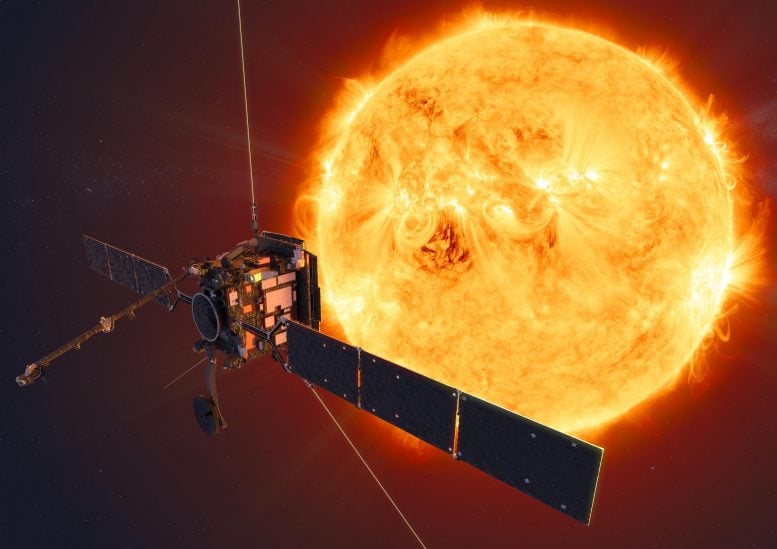
ESA’s Solar Orbiter mission faces the Sun from within the orbit of Mercury at its closest approach. Credit: ESA/ATG medialab
Solar Orbiter’s results suggest that magnetic reconnection, at scales that were previously too small to be resolved, proceeds continually in both gentle and explosive ways. This is important because it means that reconnection can therefore persistently transfer mass and energy to the overlying corona, contributing to heating it.
These observations also suggest that even smaller and more frequent magnetic reconnections await discovery. The goal is now to observe these with EUI at even higher spatiotemporal resolution in the future around Solar Orbiter’s closest approaches to estimate what fraction of the corona’s heat may be transferred in this way.
Solar Orbiter’s most recent closest passage to the Sun took place on 10 April 2023. At that time, the spacecraft was just 29 percent the Earth’s distance from the Sun.
Solar Orbiter is a space mission of international collaboration between ESA and NASA, operated by ESA.
These results are published in the journal Nature Communications in a paper titled “Ultra-high-resolution Observations of Persistent Null-point Reconnection in the Solar Corona.” Principal author Prof. Xin Cheng, Nanjing University, China, and Max Planck Institute for Solar System Research, Göttingen, Germany led an international team of 24 collaborators.
Reference: “Ultra-high-resolution observations of persistent null-point reconnection in the solar corona” by X. Cheng, E. R. Priest, H. T. Li, J. Chen, G. Aulanier, L. P. Chitta, Y. L. Wang, H. Peter, X. S. Zhu, C. Xing, M. D. Ding, S. K. Solanki, D. Berghmans, L. Teriaca, R. Aznar Cuadrado, A. N. Zhukov, Y. Guo, D. Long, L. Harra, P. J. Smith, L. Rodriguez, C. Verbeeck, K. Barczynski and S. Parenti, 13 April 2023, Nature Communications.
DOI: 10.1038/s41467-023-37888-w
The Solar Orbiter is the most sophisticated scientific lab ever dispatched to study the Sun. Despite being a subject of scientific curiosity for centuries, the Sun’s behavior remains enigmatic. The spacecraft will capture images of the Sun from an unprecedented proximity and explore its uncharted polar regions for the first time. Through the integration of data from six remote-sensing instruments and four in situ instruments, researchers hope to unravel several pressing questions: What causes the Sun’s 11-year magnetic activity cycle? How does the corona, its upper atmospheric layer, heat up to millions of degrees Celsius? What generates the solar wind? How does the solar wind accelerate to hundreds of kilometers per second? And what impact does this have on Earth?

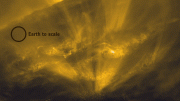
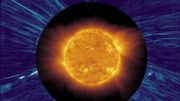



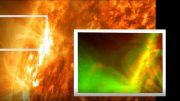

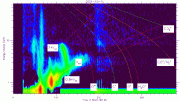
Be the first to comment on "Solar Orbiter Sheds Light on the Sun’s Burning Mystery"